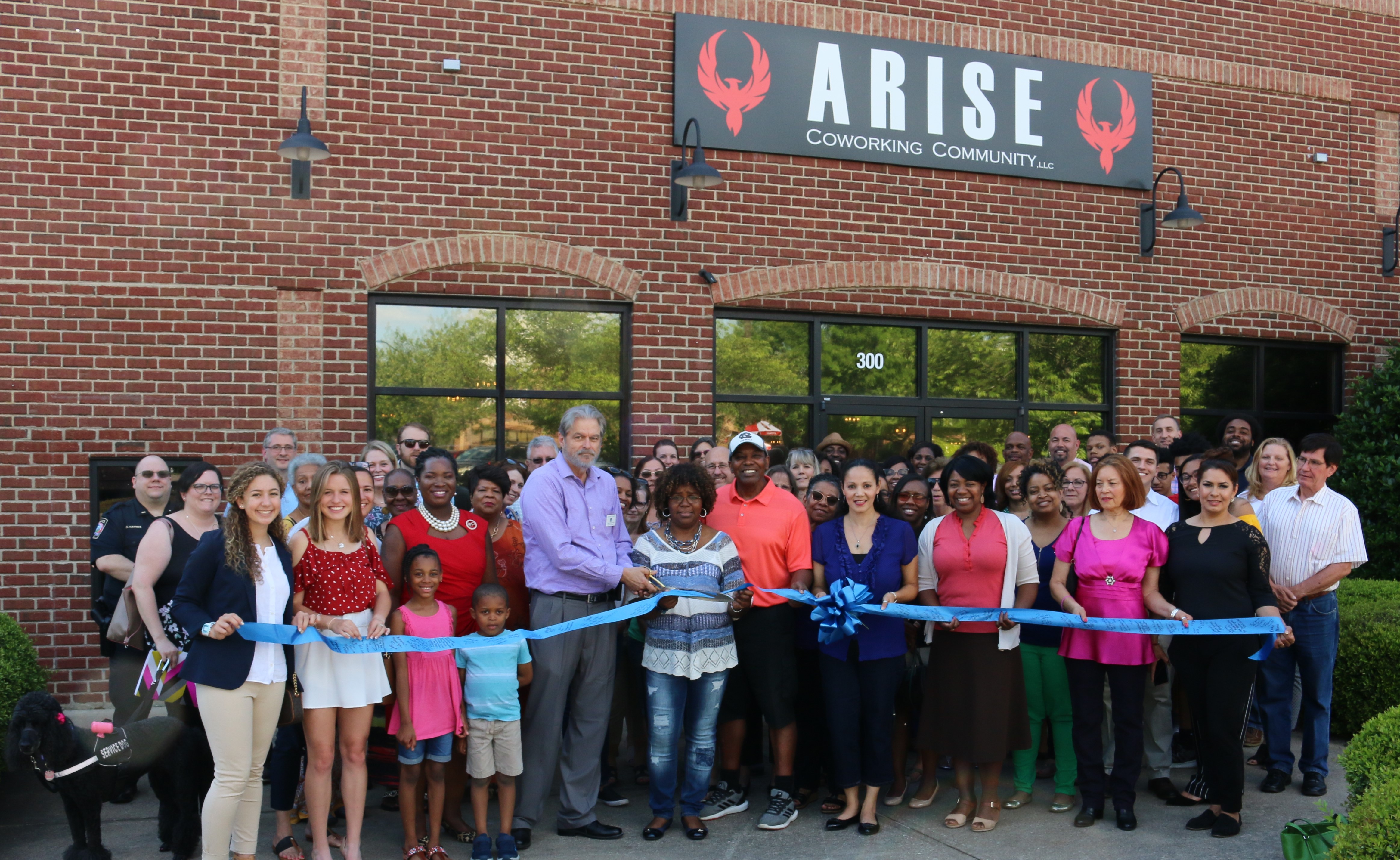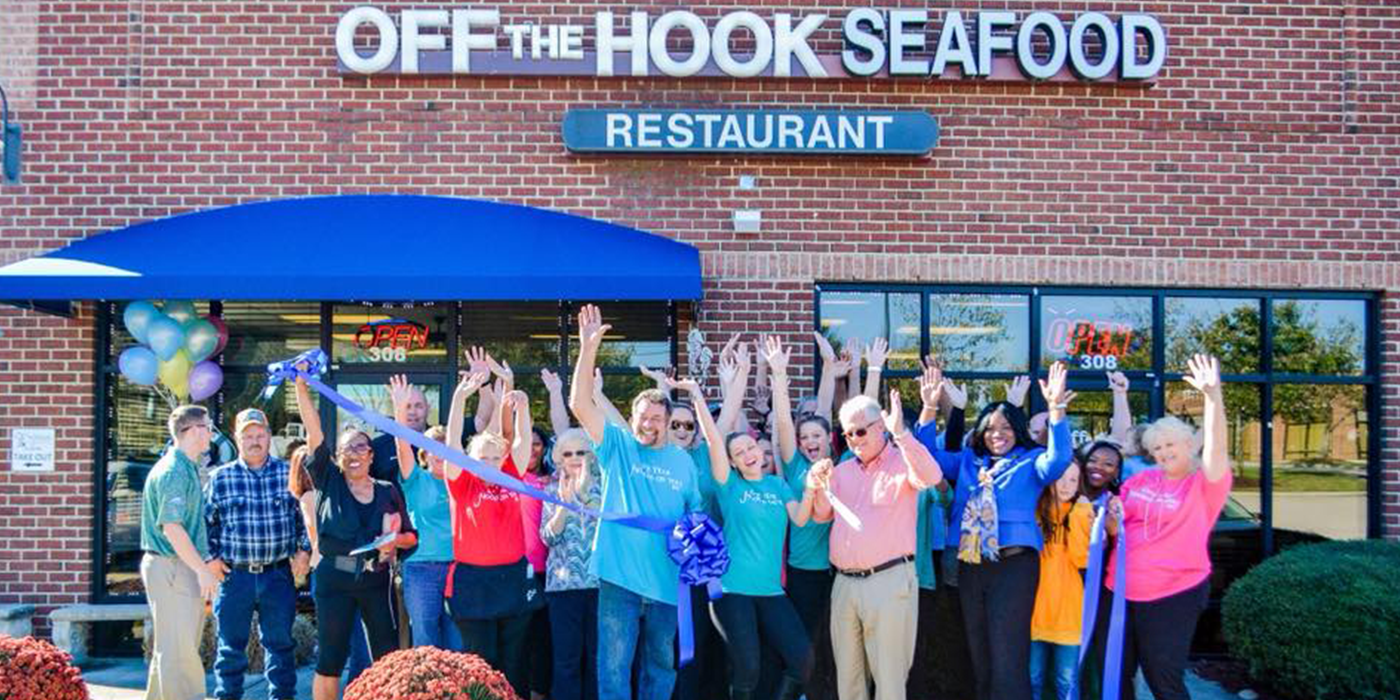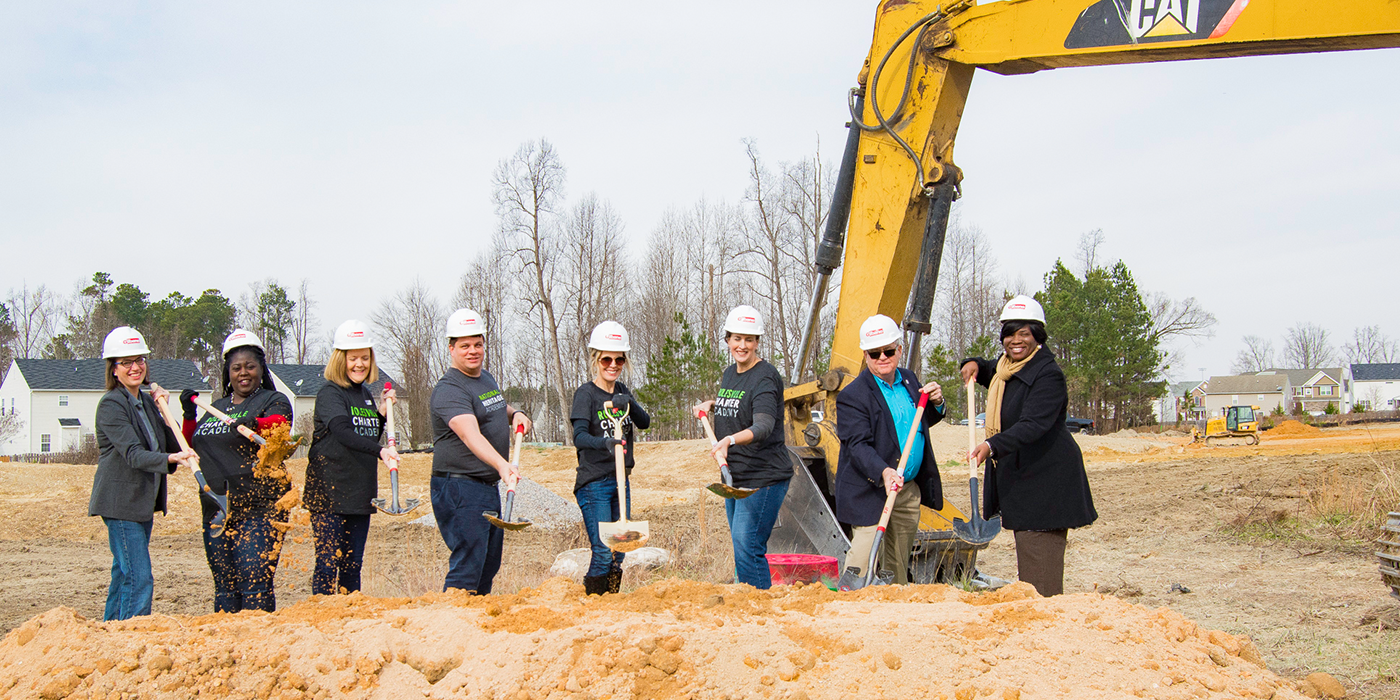After the storms of economic downturns, shifting markets, and changing customer behaviors, small business owners often find themselves in the uneasy position of rebuilding. It isn’t just about crunching numbers or patching holes. It’s about the very real work of restoring momentum, regaining trust, and reimagining a future that’s both viable and fulfilling. For many, this means looking inward just as much as they look outward—reassessing not only strategy, but identity. Recovery doesn’t happen in one sweeping motion. It unfolds across decisions, risks, pauses, and the choice to keep going.
Rebuilding Begins With Taking Stock Honestly
There’s a tendency to leap into action after setbacks. The instinct is understandable: do something, anything, to restore what once worked. But smart recovery starts with clarity. Small business owners need to take a full inventory—not just of cash flow and inventory, but of customer sentiment, team morale, and operational weak spots. That level of honesty can sting, especially when hard truths rise to the surface. But without it, every plan that follows is a shot in the dark.
Stop Reaching for the Old Blueprint
The reflex to restore a previous version of the business is common—and often counterproductive. Markets shift, customer preferences evolve, and the conditions that made an old strategy work may no longer exist. Instead of clinging to the past, owners benefit from asking what the business is becoming. What role does it now serve in the lives of customers? What new pain points can it solve? The answers to these questions don’t just guide recovery—they set the stage for long-term relevance.
What’s Visual Should Stay Sharp
When refreshing your marketing, visuals often do the heavy lifting—especially when you're updating design assets or collaborating with creative pros. If you're sending photos to a web designer or looping in a graphic designer on a new campaign, image quality matters. Compressing JPG files to make them email-friendly can lead to blurriness or pixelation, which undercuts your branding. A better option is to use a JPG to PDF converter to preserve clarity; you can even bundle several images into a single PDF, making collaboration smoother without sacrificing quality.
Experiment Without Abandoning Values
Trying new things doesn’t require throwing away everything that once made the business special. Innovation often lives right beside tradition. Maybe it’s a cafe adding online orders while keeping the handwritten menu board. Maybe it’s a boutique launching a live-streamed styling session that still ends with in-person pickups and friendly conversation. Strategic experimentation means staying nimble—testing small ideas, learning fast, and adjusting without burning out the brand’s essence. When done well, these tweaks often spark unexpected growth.
Don’t Go Silent on the Story
Silence creates confusion. In times of rebuilding, customers want to understand what’s happening—not through polished PR, but through candid communication. Sharing the journey in real time builds empathy and deepens the bond between business and community. Whether it’s a social post about reconfiguring the space, or a newsletter explaining new hours and why they matter, the narrative matters. People connect with people, not just products. When a small business tells its story, it invites others to be part of it.
Redefine Success Beyond the Ledger
While revenue is necessary, it shouldn’t be the only scoreboard. Especially in the rebuilding phase, other markers—like employee retention, customer feedback, or even personal well-being—deserve attention. Burnout is real, and many small business owners don’t give themselves permission to shift the metrics. But redefining what success looks like can protect not just the business, but the person running it. Long-term sustainability often depends on short-term rebalancing. When success includes wellness and community impact, growth takes on new meaning.
Build a Future With Room to Flex
Stability is the goal, but rigidity can be a liability. Businesses that survive upheaval tend to have one thing in common: they leave space for reinvention. That could mean cross-training staff, reworking supplier agreements, or keeping overhead lower even as profits return. Flexibility doesn’t signal weakness. It’s a form of strength, rooted in the knowledge that even the best plans need wiggle room. The goal isn’t to lock in one perfect model—it’s to build something adaptable enough to withstand what comes next.
Rebuilding a business isn’t glamorous. It’s made up of long nights, tough calls, and often, a quiet kind of grit. But for those willing to reimagine instead of replicate, to listen instead of assume, and to connect instead of retreat, the process becomes more than a comeback. It becomes a new foundation—one built not just on surviving the past, but on shaping a future that feels both steady and alive. For small business owners, that’s not just strategy. That’s legacy.
Discover how the Rolesville Chamber of Commerce can empower your business and strengthen our community through dynamic events and invaluable resources!
This Hot Deal is promoted by Rolesville Chamber of Commerce.










